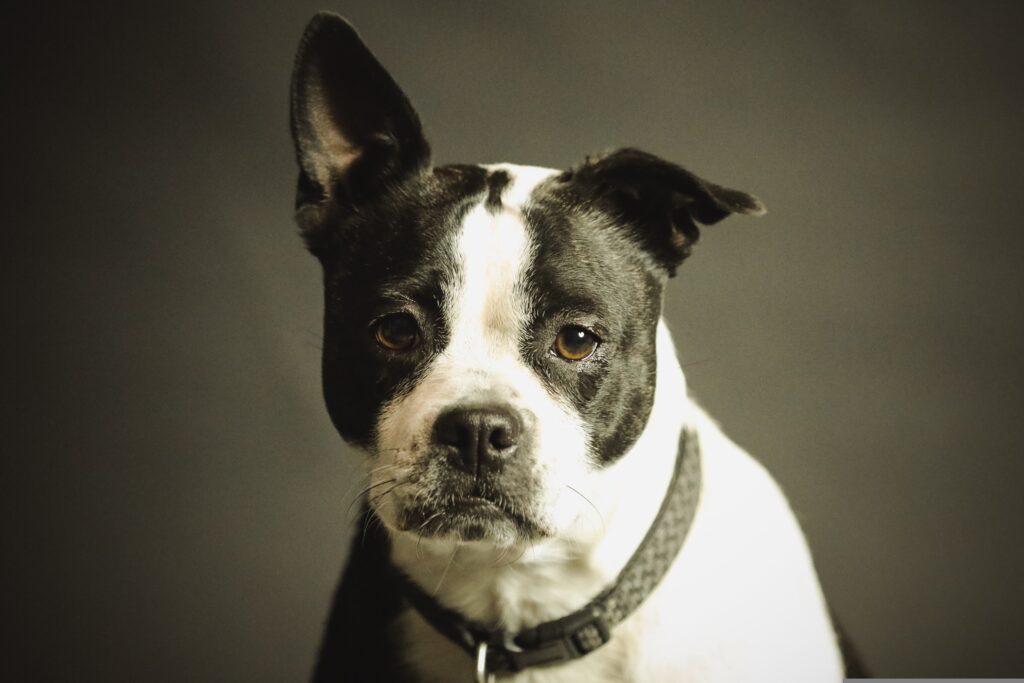
Curious Puppy
Puppies are full of energy, excitement, and most importantly, curiosity. A curious puppy wants to explore the world around them, sniff every corner, and learn about new sights and sounds. This natural sense of curiosity is an important part of their growth and development. For pet owners, watching a curious puppy can be both delightful and challenging, as it requires guidance, patience, and care.
Curiosity in puppies comes from their need to understand their environment. They use their senses—especially smell and taste—to explore. Sniffing the ground, chewing objects, and following movements are all ways puppies gather information. While this behavior can sometimes seem mischievous, it is actually how they learn about life. A curious puppy is building confidence and intelligence with every new discovery.
Exploration also helps puppies develop social skills. Meeting new people, animals, and environments teaches them how to interact and behave. This is why early socialization is so important. A curious puppy that is introduced to different experiences in a safe and positive way grows into a friendly and adaptable adult dog. On the other hand, if curiosity is restricted or discouraged too much, a dog may become fearful or shy later in life.
For owners, guiding this curiosity is essential. Providing safe toys, chew bones, and puppy-proofing the home prevents accidents while still encouraging exploration. Puppies may try to chew furniture, shoes, or even wires out of curiosity. By giving them safe alternatives, owners can protect both the puppy and their belongings. Supervision is key, especially during the first months when curiosity is at its peak.
Training is another valuable way to channel curiosity. A curious puppy is eager to learn, making this the perfect time to teach simple commands such as “sit,” “stay,” and “come.” Using positive reinforcement, like treats and praise, turns training into an enjoyable game. This not only controls their curious energy but also strengthens the bond between puppy and owner.
Curiosity also affects health and well-being. Puppies that explore their surroundings get more exercise, which is essential for physical development. Running after small movements, chasing toys, or exploring a yard helps strengthen muscles and improve coordination. Mentally, curiosity keeps their minds sharp and prevents boredom, which can lead to destructive behaviors.
Owners must also remember that curiosity sometimes leads to trouble. Puppies may eat harmful objects, climb into unsafe areas, or get too close to dangerous items. Creating a safe environment with clear boundaries ensures that curiosity remains a positive force instead of a harmful one. Regular vet check-ups, vaccinations, and a balanced diet also protect a curious puppy as they grow.
The joy of raising a curious puppy lies in shared discovery. When you watch your puppy explore, you see the world through their eyes—full of wonder and excitement. Every wagging tail, playful bark, and tilted head is a reminder of their innocence and enthusiasm. These moments become precious memories for owners, making the early months of puppyhood unforgettable.
In conclusion, curiosity is one of the most beautiful traits of a puppy. It drives them to explore, learn, and grow into confident adult dogs. With the right guidance, training, and care, curiosity becomes a powerful tool for development and bonding. A curious puppy not only brings endless joy to its owner but also shows us the beauty of experiencing life with fresh eyes and an open heart.
